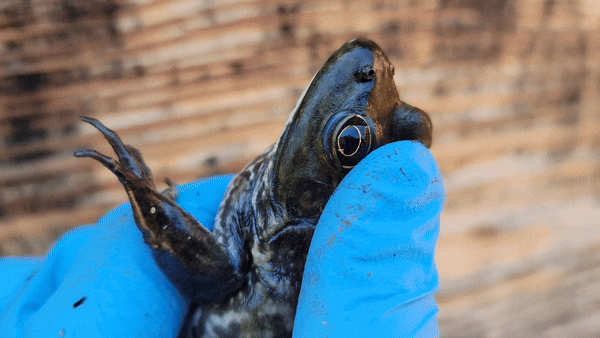Hello folks who wonder if cockroaches and rodents should be given recognition for recycling food scraps into sustenance,
This is part two of the previous post titled "Serendipitous Snapshots", where I am sharing the videos that I had taken previously but never shared and now that rent is up for disk space, I will be sharing some of those before they disappear into the ether forever.
Many people hand me invertebrate specimens for identification or because I've asked them to store the specimens until I can examine them. In this case, a friend of mine who raises bees had an infestation of Varroa mites on her honey bee colony. This video shows when I looked at the dead mite specimen under a microscope. Frankly, there's nothing much to see here, as I prefer to observe live and active specimens.
If you're interested in observing pollinator activity, one of the native plants in California that never disappoints is the Saltmarsh Baccharis. In the video below, you can observe a wasp with a slender abdomen. I suspect this is a male wasp since female wasps typically have a tiny, needle-like ovipositor at the tip of their abdomen, which they use to lay eggs.
Just a random slo-mo of a Cliff swallow flying. No wonder I fill my disk space so fast.
While kayaking in Alviso slough, I spotted a harbor seal. It was really challenging to film from the kayak since it's never still, making it difficult to keep the subject in focus.
In the same Alviso slough, there is a boat graveyard where vessels are discarded when they are no longer needed.
Below is a microscopic view of the pollen from a Cheeseweed mallow plant. While this video may have been shared before, it's still an intriguing look at an adaptation that can trigger allergies in humans.
The Chestnut-backed Chickadee leads a paranoid existence, constantly wary of anything larger that could pose a threat. This particular bird had to exercise extreme caution, repeatedly scanning its surroundings like a TikTok influencer desperate for attention. However, in the chickadee's case, the goal is the opposite – to avoid being noticed.










No comments:
Post a Comment
Did you learn something new in this post? Let us know in the comments below